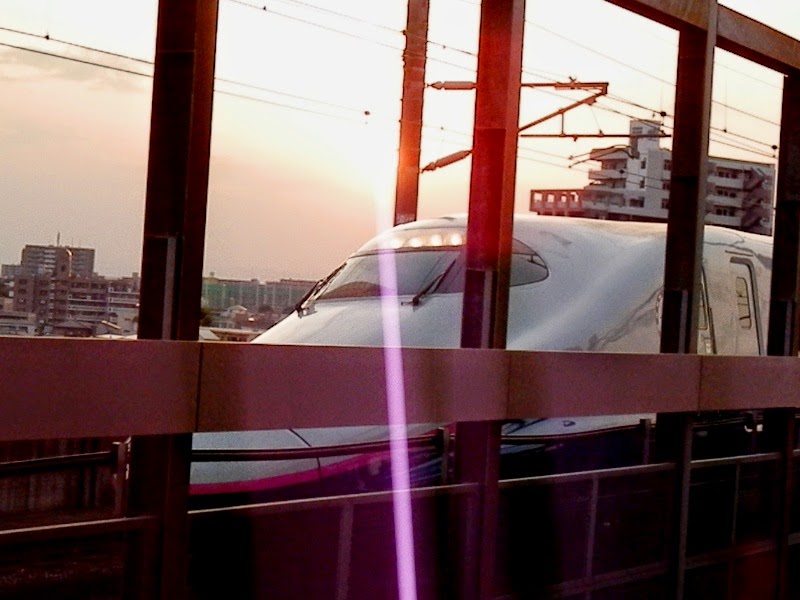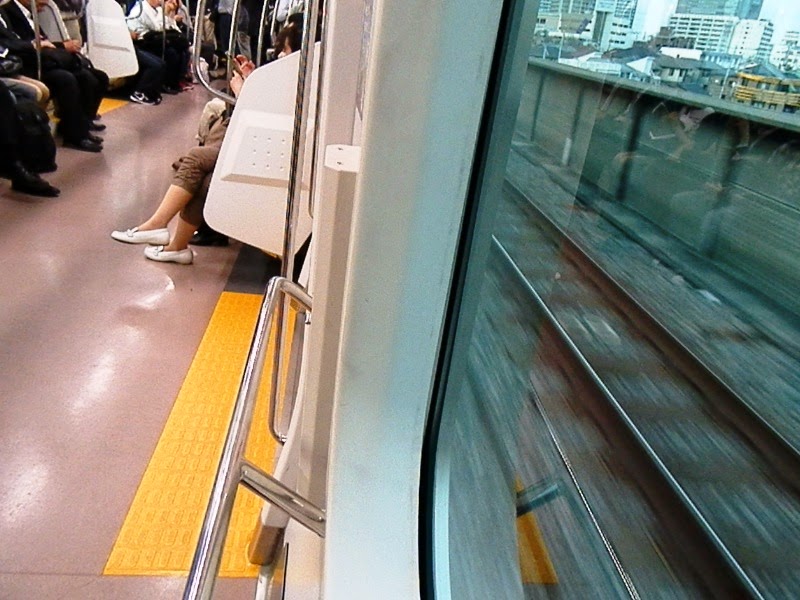Tokyo
Mary H. Cornwall Legh
There was a British woman who came to Japan when she was 50 years old in 1907 after the Japanese-Russo War and before WWI as a Christian missionary. She was, however, at the time already a successful author in England.
Then in Japan, she came to contribute to welfare and well-being of lepers while those unhappy and unlucky patients were treated in an unscientific and unreasonable manner in the Japanese society. Eventually, her services came to be officially recognized, and she was commended by the Imperial Government of Japan in 1928 and 1939. She died 10 days after the Pearl Harbor Attack in 1941.
Mary H. Cornwall Legh?https://uk.answers.yahoo.com/question/index?qid=20061106181402AAthbXJ
She worked in Japan in the early 20th century to help lepers.
Best Answer
Doethineb answered 8 years ago
She worked for the SPG (Society for the Propagation of the Gospel) She came from a wealthy and well connected family and funded herself. Mary Helena Cornwall Legh was born in Canterbury in 1857 and went to Japan about 1907 as a self-paid SPG missionary. Having obtained a piece of land in Kusatsu in 1915, she founded the Misson of St. Barnabas, Kusatsu, Japan, where she provided medical and spiritual help to lepers until 1936, when her health was failing. She died, totally unaware of the war, on 18 Dec 1941, unmarried. She wrote over a dozen books for children. She was honoured with the very distinguished Japanese 6th Order of the Sacred Treasure.
I like the fact that you ask this question on the Royalty page, as this wonderful woman will surely be wearing a crown of glory in Heaven!
One Japanese researcher on Christianity was interested in Mary Helena Cornwall Legh 20 years ago, since he came to know that some Japanese who had been suffering leprosy but helped by her decades ago still extremely respected her.
He visited England to look for her home town. Then he finally found the original house of her family. Her father was the sixth son of a baron. A descendant of the baron still lived in a mansion in High Legh, south of Manchester. The Japanese researcher visited the then family head, a baron, who said that he knew that Mary Helena Cornwall Legh had worked in Kusatsu, Japan.
So, Mary Helena Cornwall Legh came to Japan first when her mother and bishop George Howard Wilkinson died in 1907 in England.
And, in 2002, Kusatsu Town, the old base of her holy services in Japan, established Ms. Cornwall Legh Memorial Society to show eternal gratitude to her.
http://homepage2.nifty.com/jmm/leghsoci/
Finally, the Japanese researcher found that it was priest G.H. Wilkinson that exerted a critical influence on Mary Helena Cornwall Legh.
George Howard Wilkinson was Bishop of Truro[1] and then of St Andrews, Dunkeld and Dunblane,[2] in the last quarter of the 19th century and the early part of the 20th.
He was born on 1 May 1833 and educated at Durham School and Oriel College, Oxford[3] and then embarked on an ecclesiastical career with a curacy at Kensington after which he held incumbencies at Seaham Harbour, Auckland, Soho and Eaton Square, a parish in a wealthy part of London,[4] before elevation to the Episcopate.http://en.wikipedia.org/wiki/George_Wilkinson_(bishop)
The founder of the Community of the Epiphany (1883)[5] he died on 1 December 1907.[6]
So, Mary Helena Cornwall Legh came to Japan first when her mother and bishop George Howard Wilkinson died in 1907 in England.
http://homepage2.nifty.com/jmm/leghsoci/
http://homepage2.nifty.com/jmm/legh/index2e.html
So, God sent a very special missionary to Japan from England before WWII to make Japanese lepers rise and walk or forgive others their sins.
*** *** *** ***
Luk 5:23 Whether is easier, to say, Thy sins be forgiven thee; or to say, Rise up and walk?
*** *** *** ***
Luk 5:23 Whether is easier, to say, Thy sins be forgiven thee; or to say, Rise up and walk?

















